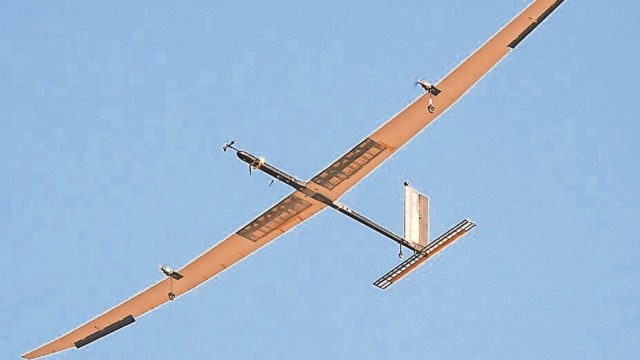Free Courses Sale ends Soon, Get It Now


Free Courses Sale ends Soon, Get It Now



Disclaimer: Copyright infringement not intended.
Context
The successful test flight of India's solar-powered "pseudo satellite," known as the High-Altitude Pseudo Satellite (HAPS), marks a significant advancement in the country's aerospace capabilities.
Details
Features and Capabilities
Significance
Global Context
MUST READ ARTICLES:
https://www.iasgyan.in/daily-current-affairs/unmanned-aerial-vehicle-uav
|
PRACTICE QUESTION Q. HAPS has the potential to revolutionize various sectors, from national security to disaster response and telecommunications. Comment. (15 marks) |
© 2024 iasgyan. All right reserved